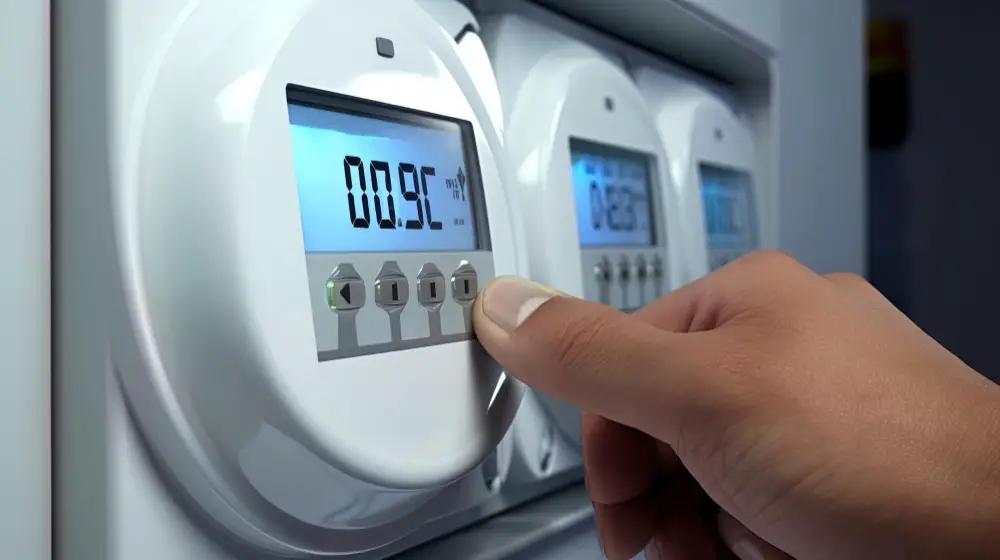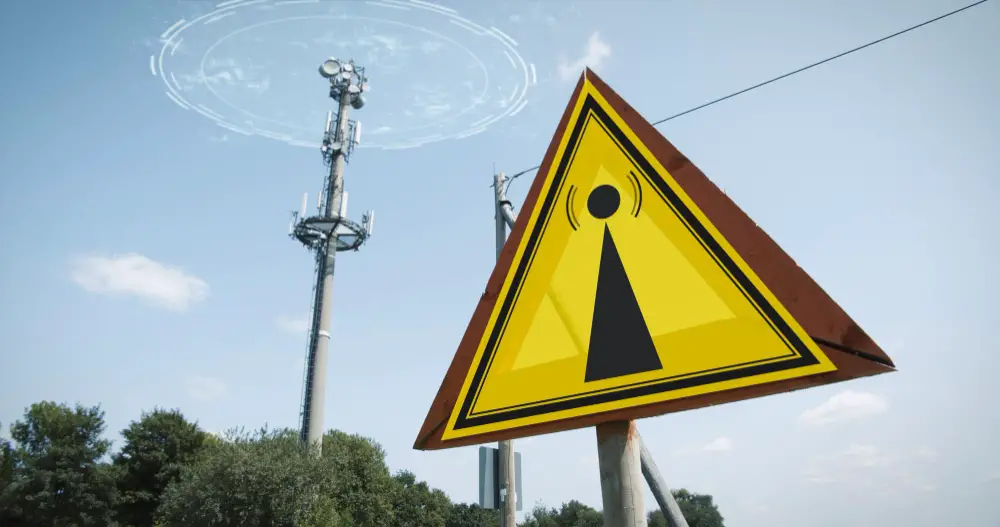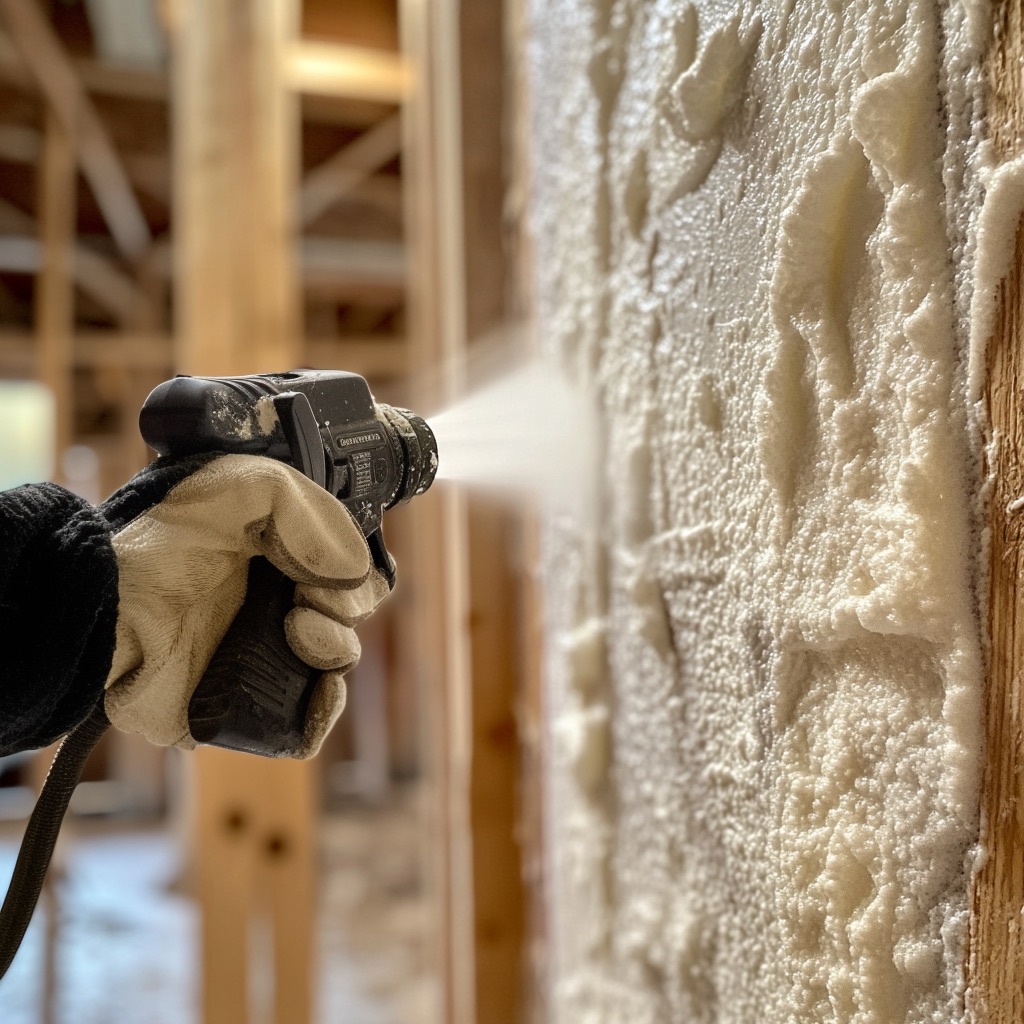Electromagnetic fields (EMFs) are invisible areas of energy, often referred to as radiation, associated with electrical power and various forms of natural and artificial lighting. While the conversation around the safety of EMFs has been ongoing, it’s crucial to consider the sources of EMFs that you might regularly interact with, including household appliances.
As technology progresses, more devices and utilities are capable of emitting EMFs, which brings to light the need for better understanding and caution regarding what you get into your home.
Read on to learn whether your household appliances can be emitting dangerous EMFs.
Are Smart Meters Safe?

Smart meters, commonly installed by utility companies, measure electricity, water, or gas
consumption using wireless communication technologies. This capability allows for real-time data transmission directly to the provider, facilitating more accurate billing and efficient resource management. However, these devices have sparked health concerns due to their emitting electromagnetic fields (EMFs) during operation.
It is believed that continuous radiation exposure could pose health risks, including potential increases in cancer risk, reproductive abnormalities, and other serious health issues. This ongoing debate emphasizes the need for more thorough research and possibly stricter regulatory oversight.
Moreover, if you want to learn more about how smart meters can be dangerous, you may talk to professionals or check out resources online to help you evaluate their safety in your home environment.
Household Appliances and EMF Emissions
Household appliances are integral to your daily routines, yet many emit electromagnetic fields (EMFs) that could pose health risks. This section explores various common appliances and their associated EMF emissions, providing insight into safer usage practices.
Microwaves
Microwave ovens are a common fixture in kitchens worldwide. They operate by heating food using high-frequency electromagnetic radiation. While they are shielded to prevent radiation leakage, improper use or damage to the oven’s door or seals can lead to EMF exposure. The typical safety distance recommended while a microwave operates is about one to two feet.
Refrigerators and Freezers
Microwaves, refrigerators, and freezers are essential appliances in most homes but are often overlooked as sources of EMF. These appliances need electromagnetic fields to drive their cooling mechanisms and motors. Although the levels of EMF emitted are usually low, it’s wise to consider their placement in areas where people spend a lot of time.
Hair Dryers and Electric Shavers
Hair dryers and electric shavers emit higher EMF levels due to their proximity to the user during operation. Despite their convenience, using these appliances for shorter durations and not excessively close to the body, especially around the head is advisable.
Washing Machines and Dryers
Washing machines and dryers generate EMFs through their electric motors and timers. The magnitude of exposure typically depends on the proximity and duration of use. As with other appliances, maintaining a reasonable distance during operation can help minimize EMF exposure.
The Impact of EMFs on Health

Investigating the health impacts of electromagnetic fields (EMFs) is an intricate and evolving study area. While some research indicates that extended exposure to high levels of EMFs might contribute to a variety of health problems—including headaches, fatigue, sleep disturbances, and a heightened risk of cancer—the scientific consensus on these findings remains divided.
Skeptics argue that the current evidence is insufficient to establish a direct causative link, citing variability in study designs and the potential influence of confounding factors.
Consequently, the scientific community continues to advocate for further, more rigorous research to achieve clearer and more definitive conclusions about the health implications of EMFs.
Minimizing Risks and Safeguarding Health
Minimizing exposure to electromagnetic fields (EMFs) from household appliances is vital for maintaining good health. Below are the practical strategies for reducing EMF exposure, emphasizing the importance of understanding and managing the levels within your home.
Understand EMF Levels
To protect against potential risks, it is essential to understand the EMF levels emitted by appliances. Various tools are available for measuring these levels, allowing you to assess your exposure and make informed decisions about appliance use and placement in the home.
Reduce Exposure
Here are several practical steps you can take to minimize EMF exposure:
- Keep a safe distance from appliances when they are in operation.
- Limit devices with high EMF emissions, especially in children’s bedrooms.
- Opt for wired devices over wireless ones where feasible, as wired connections typically emit fewer EMFs.
- Regularly inspect and maintain appliances to ensure they are in good working condition and shielded appropriately.
The Takeaway: Navigating EMF Safety in Modern Homes
While the evidence of health risks associated with EMF exposure from household appliances remains mixed, taking precautionary measures to limit exposure is advisable. By understanding the sources and strengths of EMFs in your environment, you can make safer choices for your living spaces.
As technology evolves, staying informed and vigilant about the potential effects of EMFs will become even more critical in safeguarding health and wellness in this digital age.
Recap




